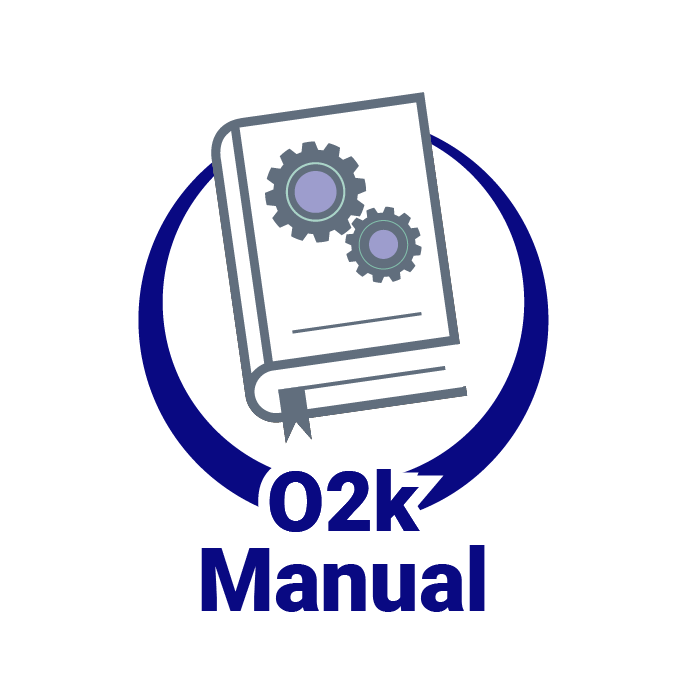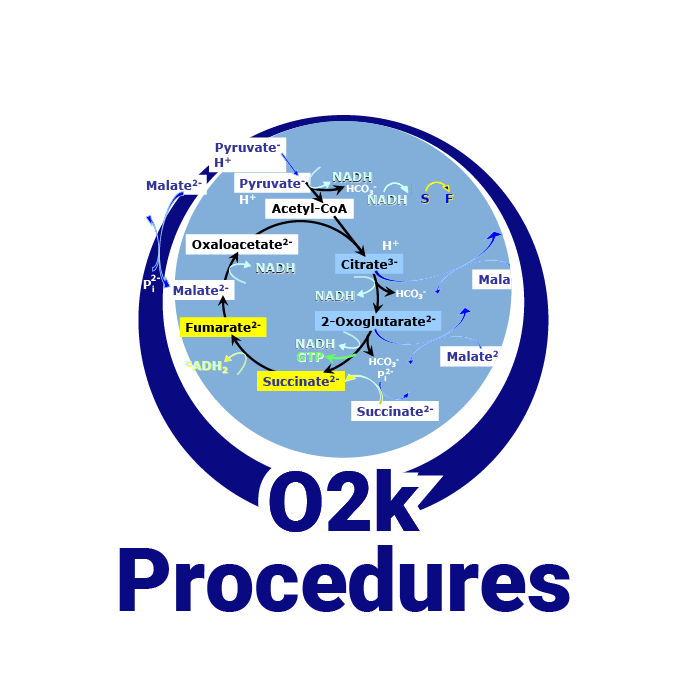Difference between revisions of "Talk:O2k-Peltier Temperature Control"
Bader Helga (talk | contribs) |
|||
| Line 1: | Line 1: | ||
Previous Product ID 21020 | |||
{{Technical support}} | |||
__TOC__ | |||
== Very low temperatures == | |||
'''Question:''' Is it possible to use the oxygraph with a chamber temperature of 0 °C? | |||
##Our system is specified down to 4 °C at 25 deg room temperature and down to 2 °C at "lower ambient temperature", see | |||
[http://www.oroboros.at/index.php?id=o2k-specifications| specifications].## | |||
A room with lower temperature of the air does not necessarily mean to be a "cool room". For the 2 deg, an acclimatised room is commonly enough. | |||
Even though we can only guarantee the working of the instrument within these limits entirely, it is still possible to go to 0°C. This requires a "cool room" though. For this purpose the main unit itself can be exposed to temperatures down to just above 0°C (all the electronic components are rated at least down to 0°C but obviously 0°C room temperature has to be avoided due to condensation concerns). Also of course for very low room temperatures above 0 deg humidity has to be controlled somehow. | |||
We did a quick test today and could reach 0°C chamber temperature quite easily at a room temperature of about 14 °C. To keep this temperature stable the cooling power of the Peltier element was already working at 95% of maximum, so some kind of cool room will probable be necessary. | |||
'''Update for O2k Series E:''' | |||
Because Series E Oxygraphs have a more efficient temperature management system the experiment described above was repeated with a Series E O2k. In this case it was not necessary to reduce the room temperature. [[User:Fasching Mario|Fasching Mario]] 14:39, 4 February 2013 (CET) | |||
Details: O2K - 0°C block temp. - stable Peltier power was reached after about 1:05 h from setting block temp. from stable 37°C to 0°C. - stable Peltier power was about -83 %. - room temperature was 21.1°C [[User:Capek Ondrej|Capek Ondrej]] 14:36, 4 February 2013 (CET) | |||
{{#set:Technical service=Main unit}} | |||
[[Category:Technical service]] | |||
Previous Product ID 21020 | Previous Product ID 21020 | ||
{{Technical service}} | {{Technical service}} | ||
Revision as of 11:52, 18 May 2015
Previous Product ID 21020
 |
Talk:O2k-Peltier Temperature Control |
MitoPedia O2k and high-resolution respirometry:
O2k-Open Support
Very low temperatures
Question: Is it possible to use the oxygraph with a chamber temperature of 0 °C?
- Our system is specified down to 4 °C at 25 deg room temperature and down to 2 °C at "lower ambient temperature", see
specifications.## A room with lower temperature of the air does not necessarily mean to be a "cool room". For the 2 deg, an acclimatised room is commonly enough. Even though we can only guarantee the working of the instrument within these limits entirely, it is still possible to go to 0°C. This requires a "cool room" though. For this purpose the main unit itself can be exposed to temperatures down to just above 0°C (all the electronic components are rated at least down to 0°C but obviously 0°C room temperature has to be avoided due to condensation concerns). Also of course for very low room temperatures above 0 deg humidity has to be controlled somehow. We did a quick test today and could reach 0°C chamber temperature quite easily at a room temperature of about 14 °C. To keep this temperature stable the cooling power of the Peltier element was already working at 95% of maximum, so some kind of cool room will probable be necessary.
Update for O2k Series E: Because Series E Oxygraphs have a more efficient temperature management system the experiment described above was repeated with a Series E O2k. In this case it was not necessary to reduce the room temperature. Fasching Mario 14:39, 4 February 2013 (CET)
Details: O2K - 0°C block temp. - stable Peltier power was reached after about 1:05 h from setting block temp. from stable 37°C to 0°C. - stable Peltier power was about -83 %. - room temperature was 21.1°C Capek Ondrej 14:36, 4 February 2013 (CET)
Previous Product ID 21020 Template:Technical service
Very low temperatures
Question: Is it possible to use the oxygraph with a chamber temperature of 0 °C?
Our system is specified down to 4 °C at 25 deg room temperature and and down to 2 °C at "lower ambient temperature", see specifications. Lower ambient temperature does not necessary mean a "cool room". For the 2 deg, an acclimatised room usually will be enough. While we can only guarantee the working of the instrument within these limits, it is possible to go to 0°C and has been done. In general, this may require a "cool room". To this purpose the main unit itself can be exposed to temperatures down to just above 0°C (all the electronic components are rated at least down to 0°C but obviously 0°C room temperature has to be avoided due to condensation concerns). Also of course for very low room temperatures above 0 deg humidity has to be controlled somehow. We did a quick test today and could reach 0°C chamber temperature quite easily at a room temperature of about 14 °C. To keep this temperature stable the cooling power of the Peltier element was already working at 95% of maximum, so some kind of cool room will probable be necessary.
Update for O2k Series E: Because Series E Oxygraphs have a more efficient temperature management system the experiment described above was repeated with a Series E O2k. In this case it was not necessary to reduce the room temperature. Fasching Mario 14:39, 4 February 2013 (CET)
Details: O2K - 0°C block temp. - stable Peltier power was reached after about 1:05 h from setting block temp. from stable 37°C to 0°C. - stable Peltier power was about -83 %. - room temperature was 21.1°C Capek Ondrej 14:36, 4 February 2013 (CET)




